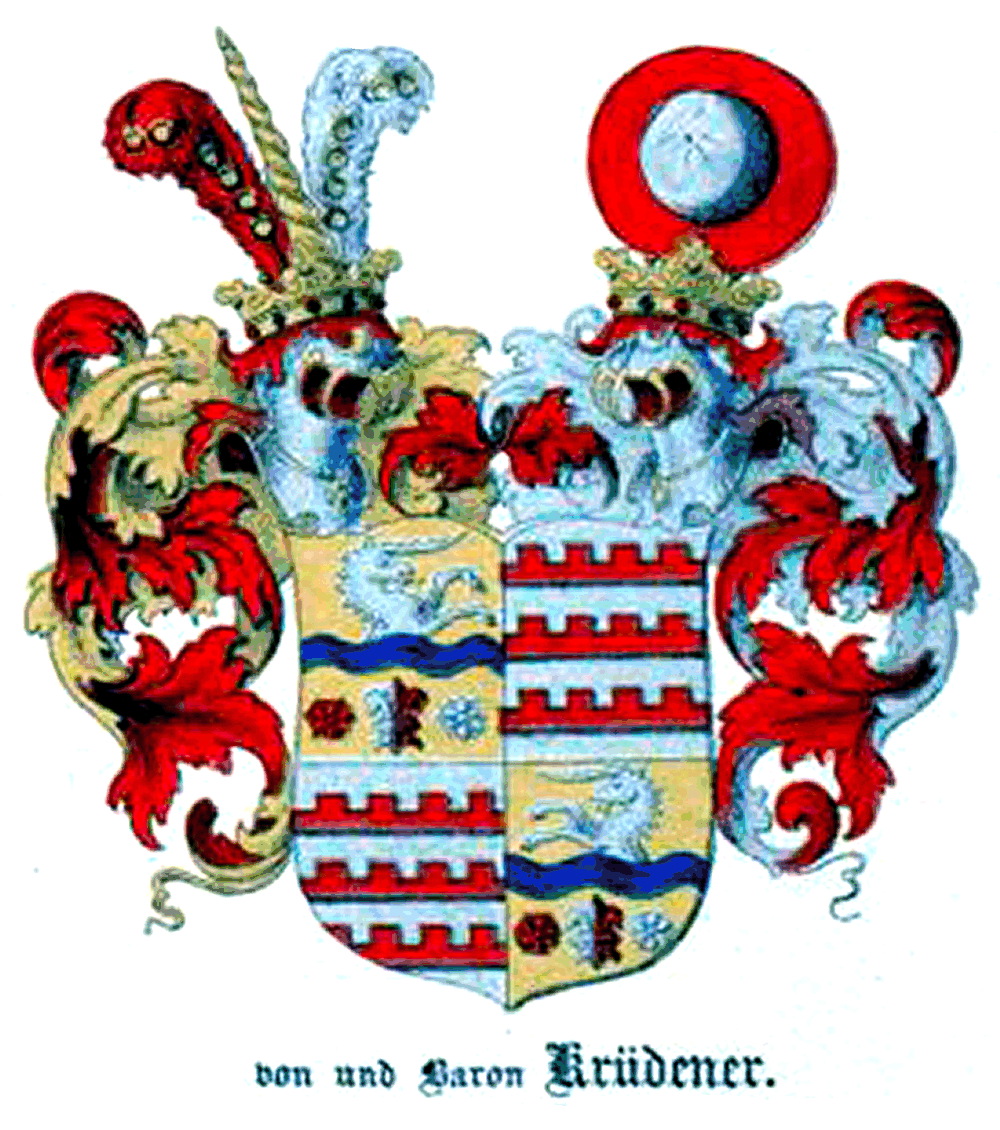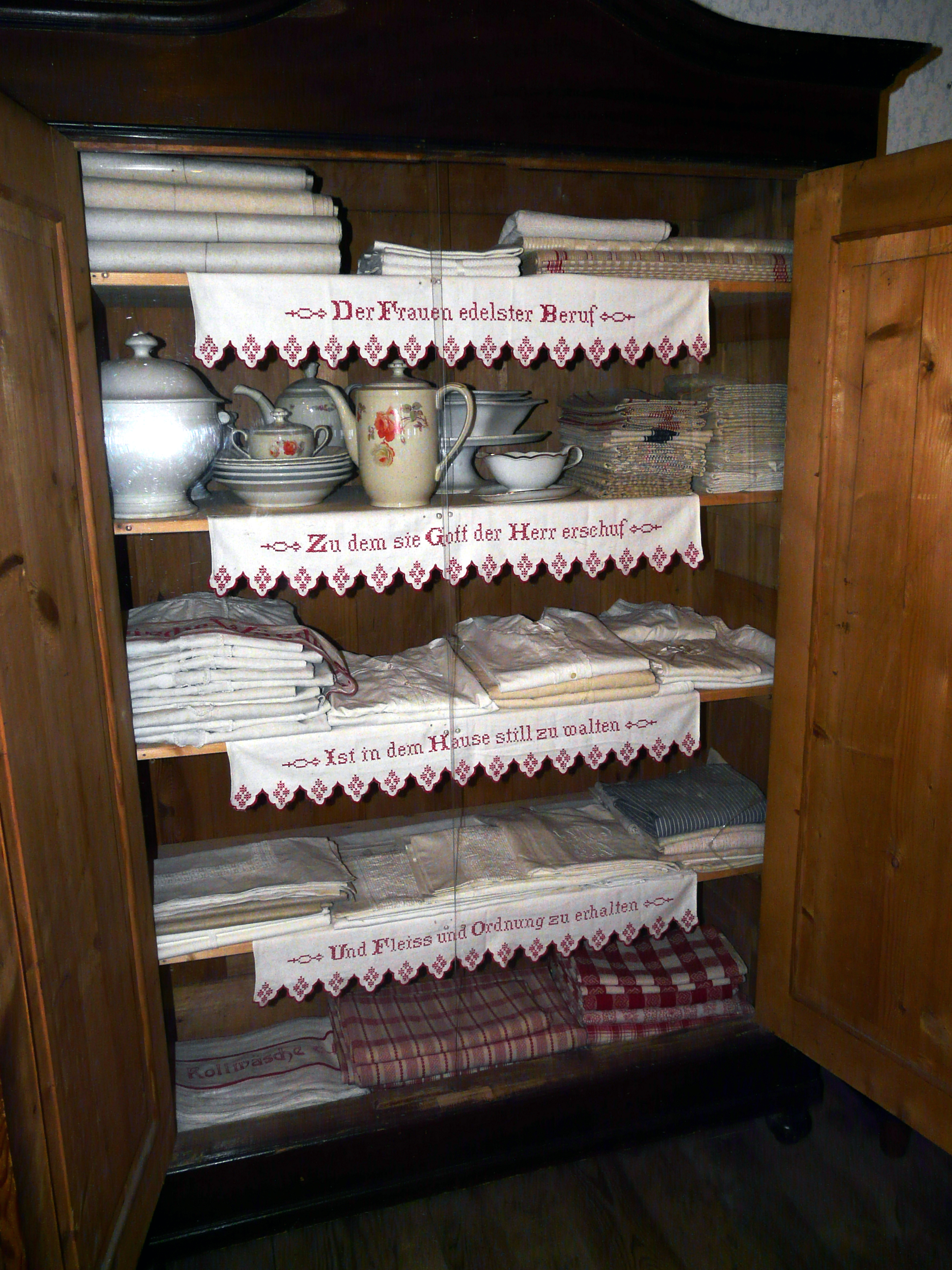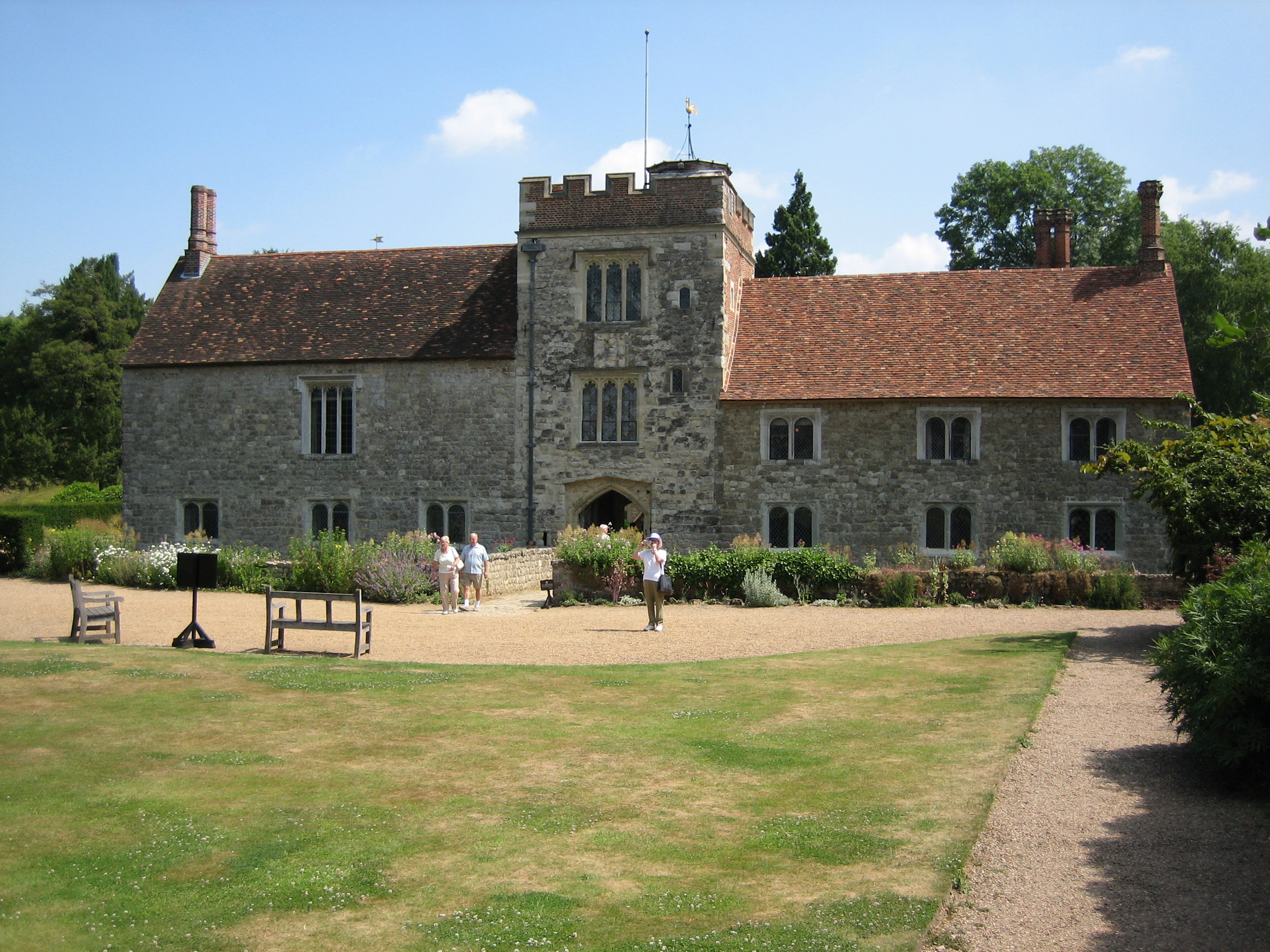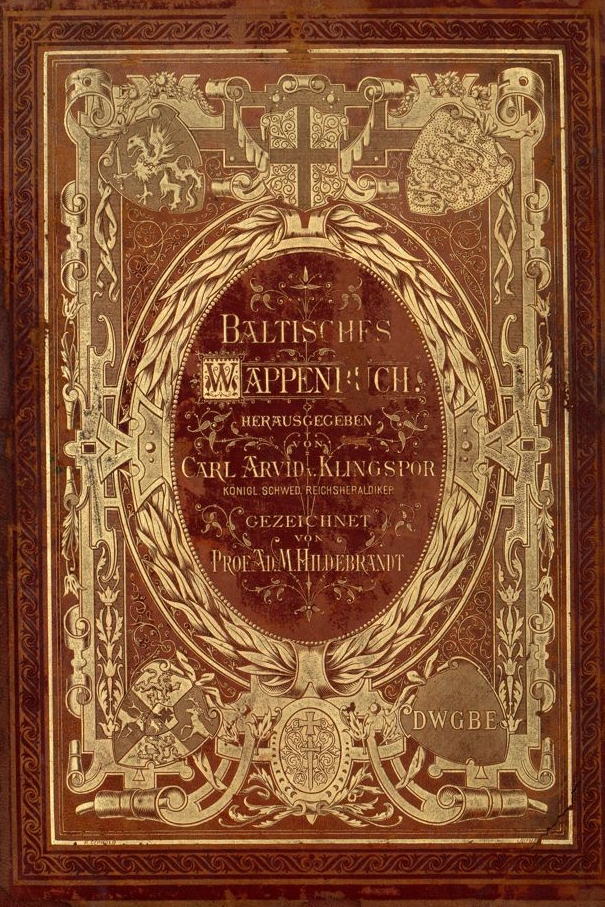|
Viitina
Viitina is a settlement in Rõuge Parish, Võru County in southeastern Estonia. Viitina Manor Viitina estate (german: Kosse) has a history that can be traced to at least 1542, when it was given by the Bishop of Tartu to one Dr. Jürgen Holdschner. His son sold the manor to Otto von Vietinghoff, and the estate stayed in the Vietinghoff family until 1782; the manor probably derives its Estonian name from the family. In 1782 it passed as a dowry to the von Krüdener family, and for some time Barbara von Krüdener was the lady of the manor. In 1842, it was sold to Carl von Jürgensonn, and in 1856 to Count Gustav Igelstrom. Already in 1857, it was sold again, to Arthur von Riechter, and in 1860 to Gustav Samson von Himmelstierna. The last aristocratic owner was Arthur von Wulf, who acquired the estate in 1902. Following the Estonian Declaration of Independence __NOTOC__ The Estonian Declaration of Independence, also known as the Manifesto to the Peoples of Estonia ( et, Manifes ... [...More Info...] [...Related Items...] OR: [Wikipedia] [Google] [Baidu] |
Barbara Von Krüdener
Beate Barbara Juliane Freifrau von Krüdener (née Freiin von Vietinghoff genannt Scheel; ), often called by her formal French name, Madame de Krüdener, was a Baltic German religious mystic, author, and Pietist Lutheran theologian who exerted influence on wider European Protestantism, including the Swiss Reformed Church and the Moravian Church, and whose ideas influenced Tsar Alexander I of Russia. Family background Baroness von Krüdener was born in Riga, Governorate of Livonia. Her father, Baron Otto Hermann von Vietinghoff genannt Scheel, who had fought as a colonel in Catherine II's wars, was one of the two councillors for Livonia and a man of immense wealth. He was a man of rationalistic views and a leading freemason. Her mother, the Countess Anna Ulrika von Münnich, was a granddaughter of Burkhard Christoph von Münnich, a celebrated Russian field marshal, and a strict Lutheran. Barbe-Julie de Vietinghoff, better known as Madame von Krüdener (Mme. de Krüdener) later ... [...More Info...] [...Related Items...] OR: [Wikipedia] [Google] [Baidu] |
Rõuge Parish
Rõuge Parish ( et, Rõuge vald; vro, Rõugõ vald) is a rural municipality of Estonia, in Võru County. In 2019, it had a population of 5,427 and an area of 933 km². In 2017, it merged with Haanja Parish, Mõniste Parish, Misso Parish, and Varstu Parish to create a new entity. It retained the Rõuge Parish name. Settlements ;Small boroughs Misso - Rõuge - Varstu ;Villages Aabra - Ahitsa - Ala-Palo - Ala-Suhka - Ala-Tilga - Andsumäe - Augli - Haabsilla - Haanja - Häärmäni - Haavistu - Haki - Hallimäe - Hämkoti - Handimiku - Hanija - Hansi - Hapsu - Härämäe - Harjuküla - Heedu - Heibri - Hinsa - Hino - Hintsiko - Hinu - Holdi - Horoski - Horosuu - Horsa - Hotõmäe - Hulaku - Hurda - Hürova - Hürsi - Hüti - Ihatsi - Jaanimäe - Jaanipeebu - Järvekülä - Järvepalu - Jugu - Käänu - Kääraku - Kaaratautsa - Käbli - Kadõni - Kähri - Kahrila-Mustahamba - Kahru - Kaku - Kaldemäe - Kallaste - Kaloga - Kaluka - Kängsepä - Kangsti - Kara ... [...More Info...] [...Related Items...] OR: [Wikipedia] [Google] [Baidu] |
Estonia
Estonia, formally the Republic of Estonia, is a country by the Baltic Sea in Northern Europe. It is bordered to the north by the Gulf of Finland across from Finland, to the west by the sea across from Sweden, to the south by Latvia, and to the east by Lake Peipus and Russia. The territory of Estonia consists of the mainland, the larger islands of Saaremaa and Hiiumaa, and over 2,200 other islands and islets on the eastern coast of the Baltic Sea, covering a total area of . The capital city Tallinn and Tartu are the two largest urban areas of the country. The Estonian language is the autochthonous and the official language of Estonia; it is the first language of the majority of its population, as well as the world's second most spoken Finnic language. The land of what is now modern Estonia has been inhabited by '' Homo sapiens'' since at least 9,000 BC. The medieval indigenous population of Estonia was one of the last "pagan" civilisations in Europe to adop ... [...More Info...] [...Related Items...] OR: [Wikipedia] [Google] [Baidu] |
Counties Of Estonia
Counties ( et, maakond, plural ') are the first-level administrative subdivisions of Estonia. Estonian territory is composed of 15 counties, including 13 on the mainland and 2 on islands. The government (') of each county is led by a ' (governor) who represents the national government (') at the regional level. Governors are appointed by the national government for a term of five years. Each county is further divided into municipalities of two types: urban municipalities (towns, ') and rural municipalities (parishes, '). The number and name of the counties were not affected. However, their borders were changed by the administrative reform at the municipal elections Sunday 15 October 2017, which brought the number of municipalities down from 213 to 79. List Population figures as of 1 January 2021. The sum total of the figures in the table is 42,644 km2, of which the land area is 42,388 km2, so that 256 km2 of water is included in the figures. History In the fir ... [...More Info...] [...Related Items...] OR: [Wikipedia] [Google] [Baidu] |
Võru County
Võru County ( et, Võru maakond or ''Võrumaa''; vro, Võro maakund) is a county in southern Estonia. It is bordered by Valga County and Põlva County and is the only Estonian county bordering two countries - Latvia ( Alūksne Municipality and Ape Municipality) in the south and Russian Federation (Pskov Oblast) in the east. The territory of Võrumaa covers and is influenced by a temperate seasonal climate. In January 2013 Võru County had a population of 32,806, 2.5% of the total population in Estonia. The county is subdivided into 12 rural municipalities and one urban municipality, the county capital, Võru. Ethnic Division and Culture In Võru County, there are 95.3% Estonians, 3.3% Russians and 1.4% other nationalities. Two indigenous ethnic groups live in Võru County – the Võro people and the Setos. Both ethnic groups have their own language (Võro, Seto) and cultural heritage in traditions. Võro People The Võro Institute is established for the preserva ... [...More Info...] [...Related Items...] OR: [Wikipedia] [Google] [Baidu] |
Eastern European Time
Eastern European Time (EET) is one of the names of UTC+02:00 time zone, 2 hours ahead of Coordinated Universal Time. The zone uses daylight saving time, so that it uses UTC+03:00 during the summer. A number of African countries use UTC+02:00 all year long, where it is called Central Africa Time (CAT), although Egypt and Libya also use the term ''Eastern European Time''. The most populous city in the Eastern European Time zone is Cairo, with the most populous EET city in Europe being Athens. Usage The following countries, parts of countries, and territories use Eastern European Time all year round: * Egypt, since 21 April 2015; used EEST ( UTC+02:00; UTC+03:00 with daylight saving time) from 1988–2010 and 16 May–26 September 2014. See also Egypt Standard Time. * Kaliningrad Oblast ( Russia), since 26 October 2014; also used EET in years 1945 and 1991–2011. See also Kaliningrad Time. * Libya, since 27 October 2013; switched from Central European Time, ... [...More Info...] [...Related Items...] OR: [Wikipedia] [Google] [Baidu] |
National Geospatial-Intelligence Agency
The National Geospatial-Intelligence Agency (NGA) is a combat support agency within the United States Department of Defense whose primary mission is collecting, analyzing, and distributing geospatial intelligence (GEOINT) in support of national security. Initially known as the National Imagery and Mapping Agency (NIMA) from 1996 to 2003, it is a member of the United States Intelligence Community. NGA headquarters, also known as NGA Campus East or NCE, is located at Fort Belvoir North Area in Springfield, Virginia. The agency also operates major facilities in the St. Louis, Missouri area (referred to as NGA Campus West or NCW), as well as support and liaison offices worldwide. The NGA headquarters, at , is the third-largest government building in the Washington metropolitan area after The Pentagon and the Ronald Reagan Building. In addition to using GEOINT for U.S. military and intelligence efforts, NGA provides assistance during natural and man-made disasters, aids in se ... [...More Info...] [...Related Items...] OR: [Wikipedia] [Google] [Baidu] |
Bishopric Of Dorpat
The Bishopric of Dorpat ( et, Tartu piiskopkond; nds, Bisdom Dorpat; la, Ecclesia Tarbatensis) was a medieval prince-bishopric, i.e. both a diocese of the Roman Catholic Church and a temporal principality ruled by the bishop of the diocese. It existed from 1224 to 1558, generally encompassing the area that now comprises Tartu County, Põlva County, Võru County, and Jõgeva County in Estonia. The prince-bishopric was a sovereign member of the Holy Roman Empire (formally from 6 Nov 1225) and part of the Livonian Confederation until its dissolution in 1561. History The first Bishop of Dorpat (the current Tartu) was Hermann von Buxhövden, the brother of Albert von Buxhövden, Bishop of Riga and leader of the Livonian Crusade. The Estonian Diocese was established by the Bishop of Riga in 1211 and its first nominal seat was Leal (Lihula) in western Estonia. In 1224, Bishop Hermann took possession of parts of what is today southeastern Estonia and chose Dorpat as his new se ... [...More Info...] [...Related Items...] OR: [Wikipedia] [Google] [Baidu] |
Dowry
A dowry is a payment, such as property or money, paid by the bride's family to the groom or his family at the time of marriage. Dowry contrasts with the related concepts of bride price and dower. While bride price or bride service is a payment by the groom, or his family, to the bride, or her family, dowry is the wealth transferred from the bride, or her family, to the groom, or his family. Similarly, dower is the property settled on the bride herself, by the groom at the time of marriage, and which remains under her ownership and control. Dowry is an ancient custom that is already mentioned in some of the earliest writings, and its existence may well predate records of it. Dowries continue to be expected and demanded as a condition to accept a marriage proposal in some parts of the world, mainly in parts of Asia, The custom of dowry is most common in cultures that are strongly patrilineal and that expect women to reside with or near their husband's family (patrilocality). D ... [...More Info...] [...Related Items...] OR: [Wikipedia] [Google] [Baidu] |
Lady Of The Manor
Lord of the Manor is a title that, in Anglo-Saxon England, referred to the landholder of a rural estate. The lord enjoyed manorial rights (the rights to establish and occupy a residence, known as the manor house and demesne) as well as seignory, the right to grant or draw benefit from the estate. The title continues in modern England and Wales as a legally recognised form of property that can be held independently of its historical rights. It may belong entirely to one person or be a moiety shared with other people. A title similar to such a lordship is known in French as ''Sieur'' or , in German, (Kaleagasi) in Turkish, in Norwegian and Swedish, in Welsh, in Dutch, and or in Italian. Types Historically a lord of the manor could either be a tenant-in-chief if he held a capital manor directly from the Crown, or a mesne lord if he was the vassal of another lord. The origins of the lordship of manors arose in the Anglo-Saxon system of manorialism. Following the Nor ... [...More Info...] [...Related Items...] OR: [Wikipedia] [Google] [Baidu] |
Baltic Nobility
Baltic German nobility was a privileged social class in the territories of today's Estonia and Latvia. It existed continuously since the Northern Crusades and the medieval foundation of Terra Mariana. Most of the nobility were Baltic Germans, but with the changing political landscape over the centuries, Polish, Swedish and Russian families also became part of the nobility, just as Baltic German families re-settled in locations such as the Swedish and Russian Empires. The nobility of Lithuania is for historical, social and ethnic reasons separated from the German-dominated nobility of Estonia and Latvia. History This nobility was a source of officers and other servants to Swedish kings in the 16th and particularly 17th centuries, when Couronian, Estonian, Livonian and the Oeselian lands belonged to them. Subsequently Russian Tsars used Baltic nobles in all parts of local and national government. Latvia in particular was noted for its followers of Bolshevism and the latter ... [...More Info...] [...Related Items...] OR: [Wikipedia] [Google] [Baidu] |






